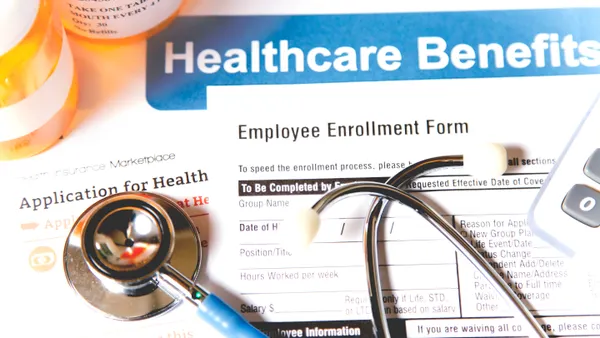When it comes to being ready for retirement, employees of all ages and income levels need help.
That's the view from the experts at the Institutional Retirement Income Council (IRIC), a non-profit think tank for the retirement income planning community.
To that end, the IRIC says there is a growing need for retirement plan sponsors to help employees improve their retirement readiness and secure their financial future. This need may drive plan sponsors and employers to expand their financial wellness initiatives and evaluate retirement income solutions for their defined contribution plans, such as 401ks and IRAs.
"This will be an important year for retirement plan sponsors and the retirement income community,” said William Charyk, president of IRIC. “The need for plan sponsors to help workers address their financial and retirement challenges has never been greater."
Charyk says the IRIC expects plan sponsors to broaden their wellness programs to include financial wellness initiatives and also take a closer look at ways to provide secure retirement income to participants.
Charyk identified the following trends to watch for 2016.
Financial wellness initiatives
Employers will significantly expand their wellness programs that currently focus on physical wellbeing to include features that focus on financial wellbeing. Employees are facing increasing financial challenges for many reasons – medical expenses, credit card debt, college expenses, and retirement planning. A 2014 SHRM survey reported that 70% of HR professionals predicted that baby boomers would likely participate in a financial wellness program if their employer offered one.
Employees currently have a wide range of “set it and forget it” tools (deferral calculators, auto increase features, target date funds, managed accounts, etc.) available to assist in the accumulation of assets but decumulation tools are still in their infancy. Incorporating social security planning and education on in-plan and out-of-plan products and features into financial wellness programs will become more common. This type of education helps the employee feel more comfortable in approaching retirement.
Out-of-plan versus in-plan retirement income solutions
Currently, it's not possible to predict the final content of the ongoing DOL project regarding the expanded definition of a plan fiduciary. The draft version of the proposed regulations would have characterized certain advice concerning the rollover of retirement plan assets into a rollover IRA as advice that would invoke fiduciary status. If this is reflected in the final regulations, a decline in IRA rollovers may occur as there will be fewer occasions where any initiative is taken to present the alternative to a retiring employee.
Revisit of in-plan retirement income solutions
Plan sponsors that have not recently revisited an in-plan solution will be more inclined to do so in 2016, since the landscape is very fluid and new solutions are on the rise. Plan sponsors have a fiduciary duty to review offered investments on an on-going basis. As the aging of the population impacts the workforce, more focus will be on the distribution phase.
In-plan distribution flexibility
As awareness of retirement income issues increases, plan sponsors will be inclined to review the distribution options for terminated participants. If a plan currently only offers a choice between a lump sum distribution and keeping the entire balance in the plan, the plan sponsor may be inclined to conduct a review as to the feasibility of offering periodic withdrawal opportunities to maximize the amount of assets that can remain in the plan (and possibly provide some fee savings opportunities with respect to plan administration). The plan sponsor should also check with the vendor to see how the administration of periodic withdrawals would actually work.












